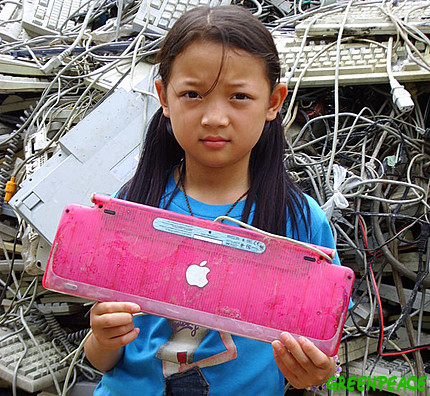After reading more about Research in Motion (RIM), I realized it could be categorized under social enterprise because it created the Blackberry and the corresponding SMS text system which they call BBM to give cell phone and text service to people in poorer countries at a lower price then the normal fees they would have to pay for text. RIM is not a NGO because it does earn profit from the extremely popular Blackberry phones and other things, but since it has an intention to help and create change, I would say it is a social enterprise under the definition we were introduced to in class and class preparation readings. As RIM is losing market share to dominating technology/phone makers such as Apple and Samsung, it has introduced a new function that allows users to call between Blackberry users if wifi is present, therefore no charge.
As Blackberries start to phase out in North America, I really hope RIM will be supported by other companies to keep producing Blackberries for the poor countries because “in countries such as South Africa, where RIM’s smartphones remain incredibly popular, roughly 98 per cent of BlackBerry owners regularly use the messaging service”, which means RIM has allowed many people in poor countries to use cell phones at an affordable price.

http://www.theglobeandmail.com/technology/mobile/rim-adds-free-call-feature-to-bbm/article5274314/
Link:
http://www.theglobeandmail.com/technology/mobile/rim-adds-free-call-feature-to-bbm/article5274314/






